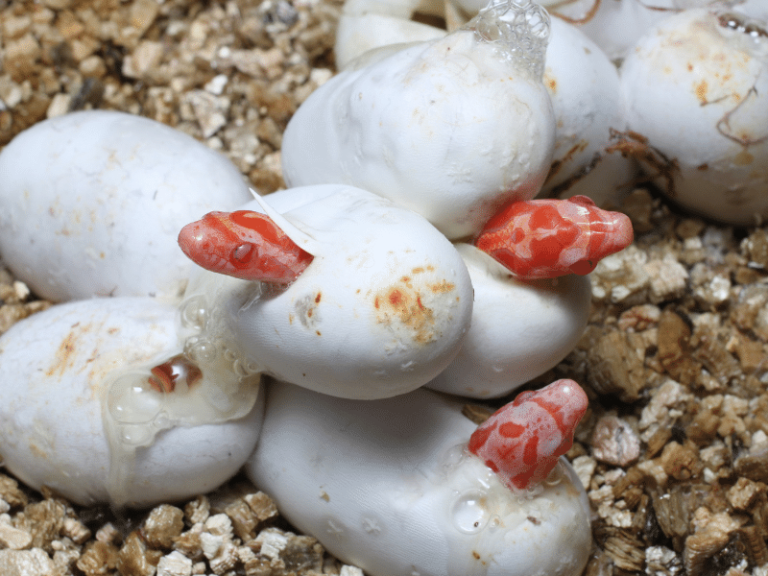The term “reptile” might not be familiar to us, but when we mention turtles, tortoises, snakes, crocodiles… everyone knows. These animals have shells or scales formed from their skin on the outside of their bodies, and zoologists classify them as reptiles.
In the animal kingdom, true terrestrial vertebrates begin with reptiles. While amphibians (like frogs) can live on land, they still need to return to water for reproduction and development during the breeding season. Reptiles, on the other hand, not only live on land but also reproduce there.
Reptilian reproduction exhibits many adaptations to life on land, with internal fertilization being the norm, and most reptiles can lay large eggs.
However, some snakes have a very peculiar reproductive strategy; they give birth to live young instead of laying eggs. Isn’t this similar to dogs and cats? Not quite. These snakes are still oviparous, meaning the embryos develop inside eggs that are filled with yolk and enclosed in fibrous egg membranes. However, these membranes are exceptionally soft. When the eggs mature, instead of being laid externally like other reptiles, they remain in the reproductive tract after being expelled from the reproductive glands, where fertilization and embryo development occur. The embryos still rely on the yolk within the egg for nutrition, with no direct connection to the mother’s body. It’s like a temporary “incubation pouch” until the eggs hatch, and the baby snakes are born.
This reproductive method is called ovoviviparity.
Why do some snakes exhibit ovoviviparity?
According to scientific research, the primary cause of ovoviviparity is related to cold climates. Snakes found in cold regions and high altitudes are almost exclusively ovoviviparous, such as pythons and vipers. Scientists have observed that even within the same species, snakes from different climatic regions may exhibit different reproductive methods. For example, viviparous lizards (a type of legless lizard) are mostly ovoviviparous within their distribution range, but in France, they are oviparous. Similarly, Tibetan lizards (a type of legless lizard) are oviparous at elevations of 2000 meters but ovoviviparous at elevations of 4000-5000 meters.
Another reason for ovoviviparity is related to an aquatic lifestyle; almost all sea snakes exhibit ovoviviparity.
Snakes found in cold regions and living in water exhibit ovoviviparity because it allows the eggs to remain in the mother’s oviduct, ensuring a constant temperature for embryonic development, unaffected by the fluctuating external environment, thus providing better protection for the offspring.

